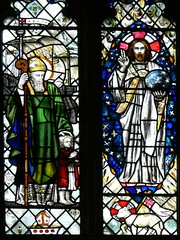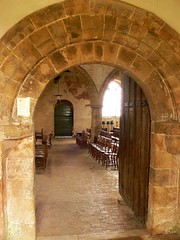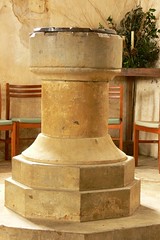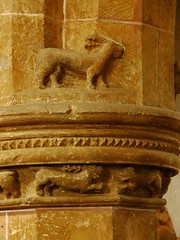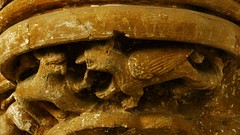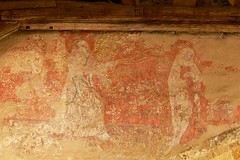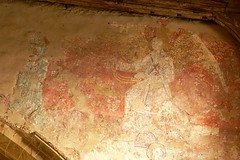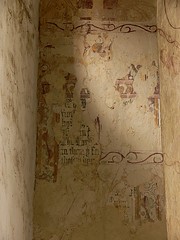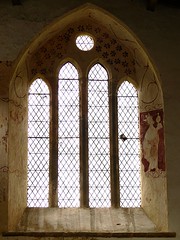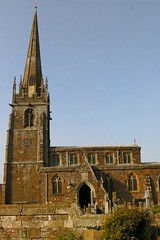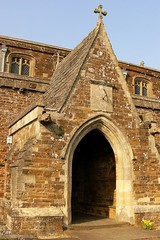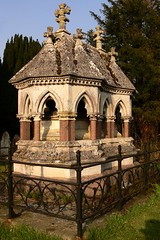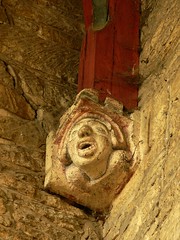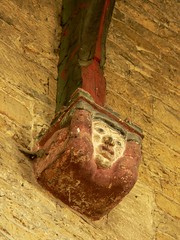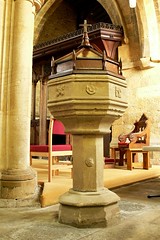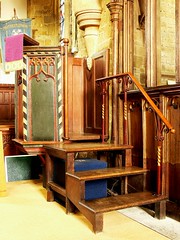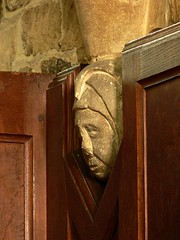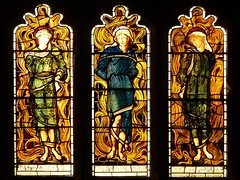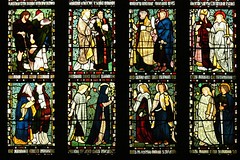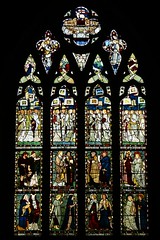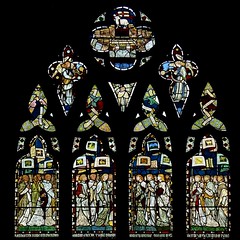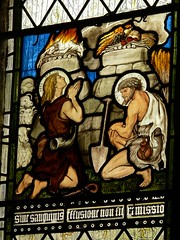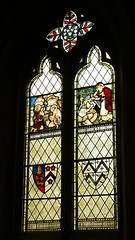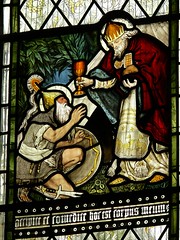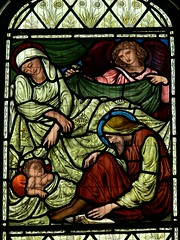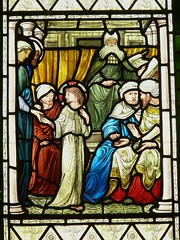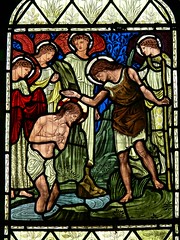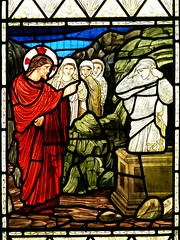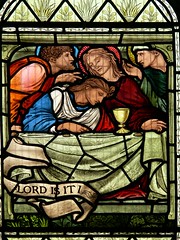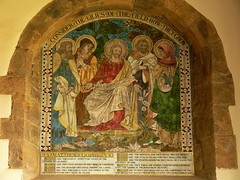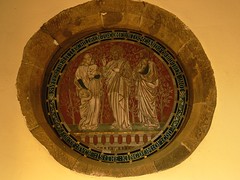This parish church was formerly the church of an Augustinian Priory founded early C12. Formally a fortified hilltop a monastery was established there by the C7. The first Abbot Hedda became the second bishop of Lichfield in 691.
The monastery was destroyed by the Danes and not re-established until the foundation of the Augustinian Priory in early C12, the church was remodeled in the C13 with a long and wide chancel which is today’s nave.
The church was really two churches in one, part of which was for the local parishioners and extended westwards from the central tower, the other part was for the priory which is essentially the present church.
By the C16 the nave and porch, which was the parish part of the church had become dilapidated, and after its dissolution in 1539 the Priory part of the church was sold by Henry VIII to Francis Shirely of Staunton Harold, as a burial place for himself and his successors. The Breedon parishioners were allowed to use the Priory church as their own was at that time in ruins.
In 1784 the church had again fallen into disrepair and the state of the roof and walls of the north and south aisles was such that services had not been held inside for several months and the church was nearly demolished. Though the cost of rebuilding was not raised the church was repaired leaving it in its present state.
Incorporated into the church are well preserved surviving fragments of friezes from the ancient monastery. They are dated to the C8 and stylistically similar to Book of Cerne (c820) and the ‘Hedda’ stone at Peterborough Cathedral. The above grouping has two sets of saints on either side of a central female figure giving a Byzantine blessing.
Other panels contain birds, beasts, figures, and a strange lion like creature referred to as the Anglian Beast.
Dedicated to George Shirley and family this immense alabaster tomb by Richard & Gabriel Royley of Burton-upon-Trent is almost the height of the north wall.
A gisant lies at the base of the tomb, above which are two coffered arched recesses with five large figures and two infants. The tomb dedicated to John Shirley (father of George) features a Knight in armour on a chest with armourial shields on the side.
Again on the north wall is the tomb dedicated to Francis Shirley (grandfather of George) one time Sheriff of Leicestershire and Warwickshire. The tomb contains effigies of Francis and his wife Dorothy, with pairs of mourners on the side holding shields.
All three tombs are of Chellaston alabaster and made by Richard & Gabriel Royley of Burton-upon-Trent.
Tags: alabaster, chellaston, font, monastery, priory augustinian, royley, saxon, tomb



































